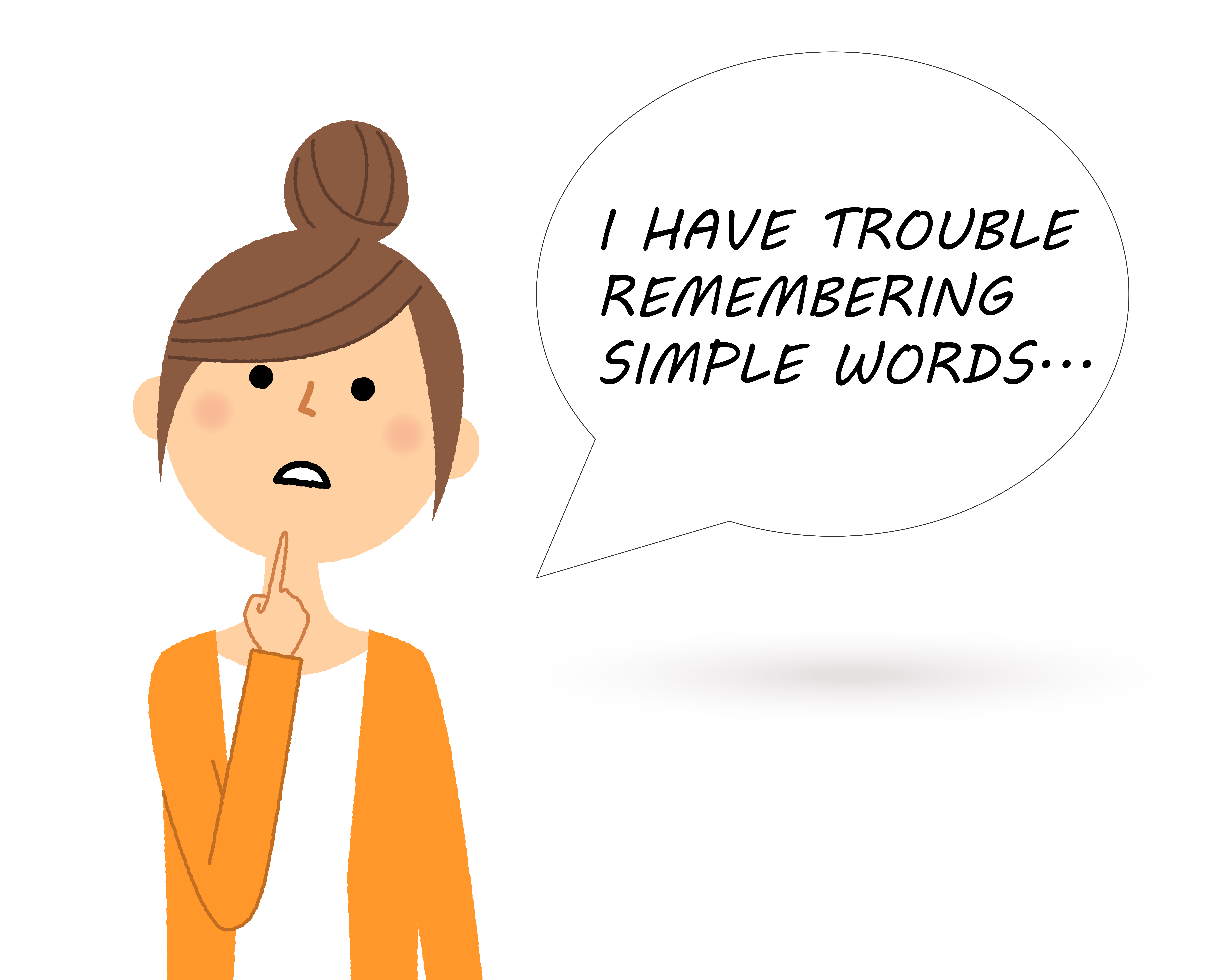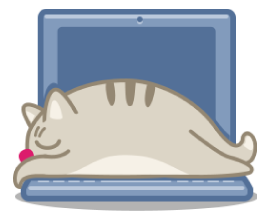Which Translation Technology Tools are a MUST?
|
Font size:
In this article, we will present the translation technology tools that are a MUST in the translation and localization process…
Translation Management Systems
Running multiple projects at once and struggling to keep them organized? I can imagine you’re looking a lot like this right now:

What is a TMS?
A TMS can be accessed by project managers, translators, proofreaders, editors and any other team member including clients, too. For instance, clients can submit their projects, track their progress and download the finished files upon completion.
Stay Organized
Easy Communication
Less Hassle
Stay Updated
No Time Wasted
Most TMS allow API integration with your CMS (content management system) to transfer translated content to and from your website, making the process easier and eliminating that outdated and tiring procedure of copy/paste.
Translation Memory Tool

What exactly is a Translation Memory?
TM is a kind of database which stores all repeated words, phrases and sentences to be used at a later stage for another project. This glossary of words or sentences can be used in real-time, making the workflow more streamlined and efficient. For example, when a segment is repeated, your CAT tool (more on that later) will identify the previously translated words and automatically carry them over to your new content. This way, the translator doesn’t have to do the same work repeatedly.
Computer-Aided Translation (CAT Software)

Quality Assurance Tool
At the end of the day, we all want to produce a translation that is of top quality. While the translator may be self-assured and convinced that their work is accurate, it’s still a good idea to have the text either:













